A personal interpretation of the Masonic Fraternity by
Ernest F. Lissabet, 32°, MPS, RAM, CRM, AMD, etc. etc.
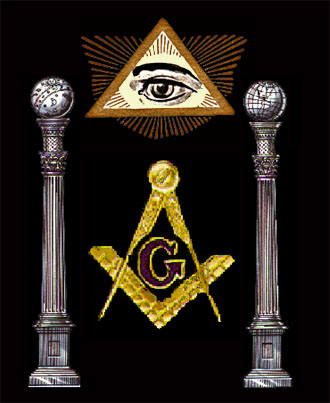
|
Freemasonry A personal interpretation of the Masonic Fraternity by Ernest F. Lissabet, 32°, MPS, RAM, CRM, AMD, etc. etc. |
 |
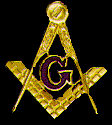 |
I am a Master Mason, initiated, passed and raised in Henry Lodge #57, AF & AM in Fairfax Virginia. I have always been honored to be a part of such a fine assembly of decent men. |
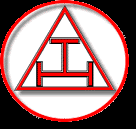 |
I am Royal Arch Mason, and a member of Mount Vernon Chapter #3, RAM of the Grand Chapter of the District of Columbia. I have always been impressed with the beauty and symbolism of the Royal Arch Degrees. |
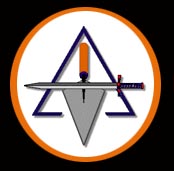 |
I am a Cryptic Rite Mason, and a member of Adoniram-Zabud Council #2, CM of the Grand Council of the District of Columbia. I am very fond of the sublime esoteric symbolism of the Cryptic Rite of Freemasonry. |
 |
I am an initiate of the Allied Masonic Degrees (AMD), and a member of Perfect Ashlar Council #349 in Herndon, Virginia of the Allied Masonic Degrees of the United States. I think the AMD is one of the places in Freemasonry where real scholarship and intellectual discourse is encouraged and valued. |
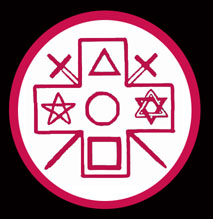 |
I am a member of the Grand College of Rites of the United States of America, a body that does important work in the preservation of antique Masonic degree systems. |
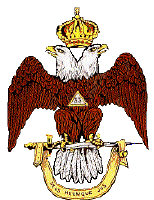 |
I am a 32° degree Scottish Rite Mason, and a member of the Valley of Alexandria in the "Orient" of Virginia. The Scottish Rite is simply the finest collection of esoteric degrees and symbolism in the entire structure of Freemasonry. |
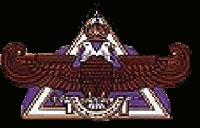 |
I am also a member of the Scottish Rite Research Society, an excellent research body which sponsors and publishes research papers on topics of Masonic interest, at a very high level of scholarship. |
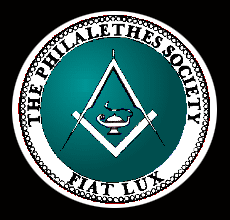 |
I am a member of the Philalethes Society, the world's oldest and largest Masonic body of poets, writers, authors, scholars, and literati. The depth of talent and knowledge and wisdom of this body is unsurpassed in the world of Freemasonry. |
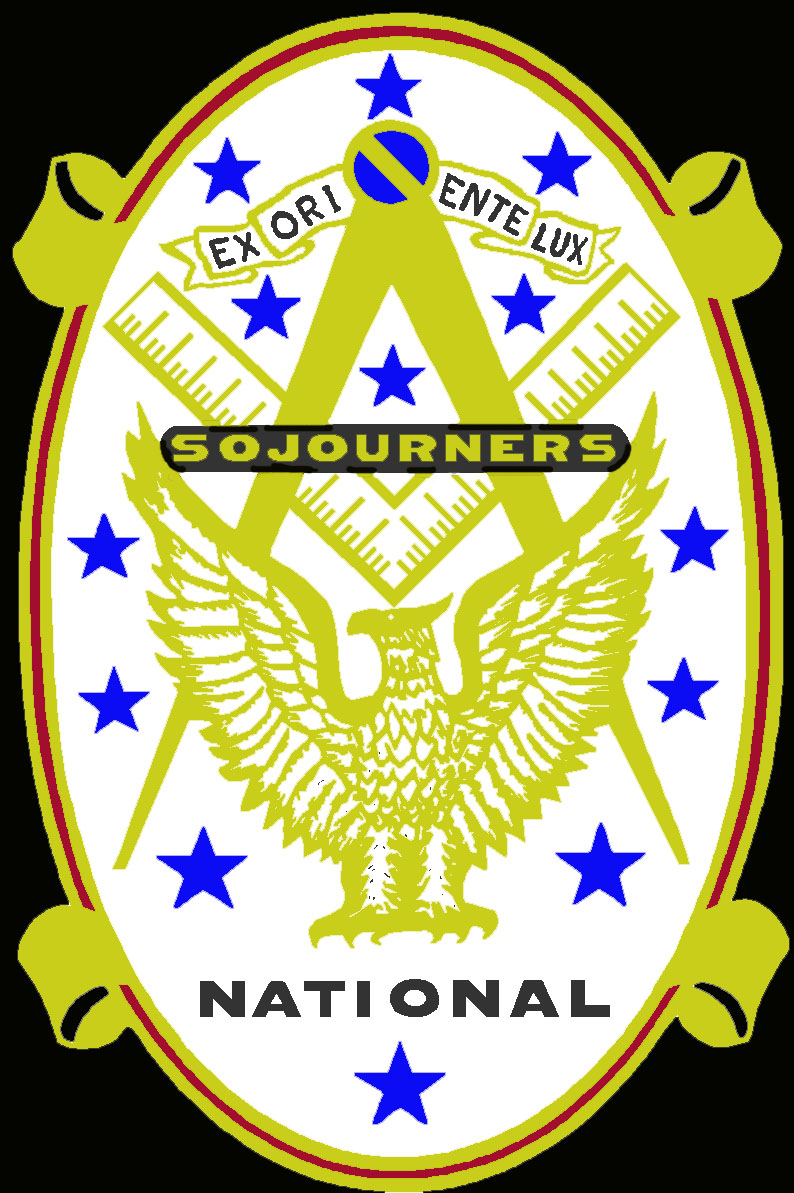 |
I am an initiate of the National Sojourners and a member of Old Dominion Chapter #364 in Alexandria, Virginia. The National Sojourners is an assembly of Master Masons who are also active-duty, reserve or retired commissioned American military officers, or Master Mason commissioned officers from allied nations. |
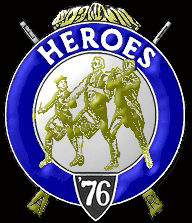 |
I am also an initiate of the Heroes of '76 of the National Sojourners, which is an invitational order of the National Sojourners. |
Masonic Revolutionaries George Washington Alexander Hamilton Benjamin Franklin James Monroe John Hancock Patrick Henry John Marshall Paul Revere |
Masonic Revolutionaries Marquis de Lafayette Baron de Montesquieu Comte de Mirabeau Georges Jacques Danton Camille Desmoulins Guiseppe Mazzini Guiseppe Garibaldi |
Masonic Revolutionaries Simon Bolivar Jose de San Martin Bernardo O'Higgins Francisco de Miranda Antonio Jose de Sucre Francisco de Paula Santander Benito Juarez Jose Marti |
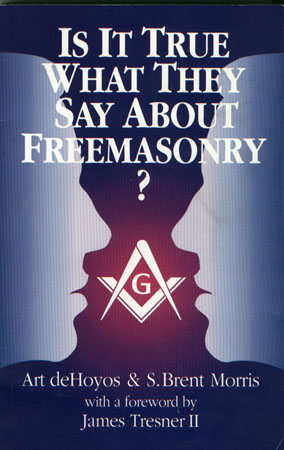 |
Brothers deHoyos and Morris are members of the "Authentic School" of Masonic philosophy.
Perceptive readers who have been attentive to these essays, know that I personally find the self-selected name
of the "Authentic School" to be faintly condescending towards other schools of Masonic philosophy. I do not agree with everything that Brothers deHoyos and Morris have written in this book, nor do I suspect that my view of Freemasonry coincides with theirs. HOWEVER... There can be no doubt that Brothers deHoyos and Morris have performed a signal service in the cause of TRUTH and JUSTICE by writing this book. They have done an absolutely splendid job in exposing the deceptions that the Mason-Haters employ in their efforts to defame the Fraternity, and for that honorable service they have received a symbolic standing ovation of cheers and applause from the entire Masonic world. Any reader of these pages who wishes to see, in carefully documented detail, the systematic exposure of the sins of these so-called "men of god," MUST obtain this book and consider well what is written here. I heartily recommend it. What follows is my summary of the work of deHoyos and Morris. |
